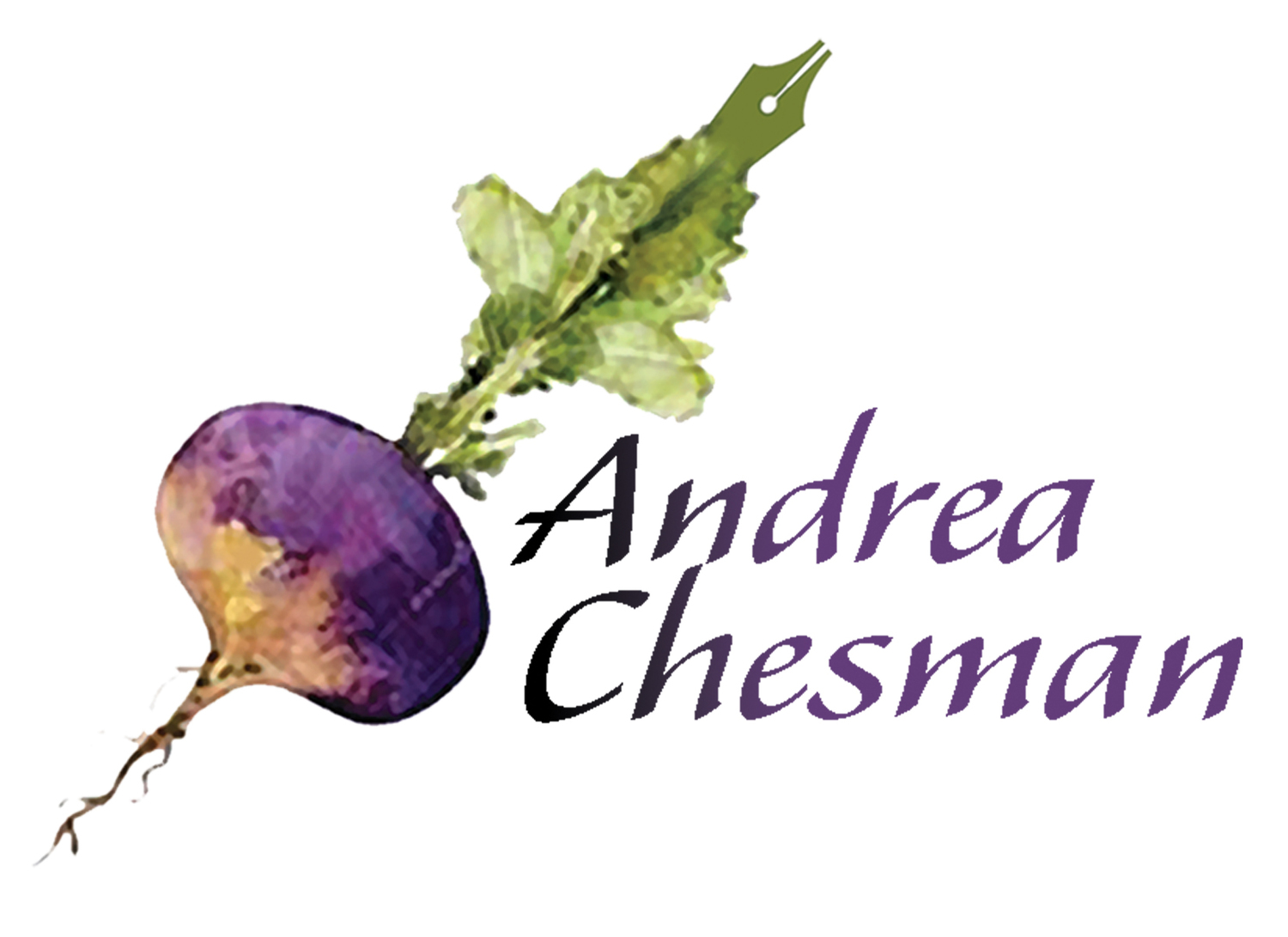Pigs grazing at Understory Farm. Photo by Jessie Witscher
The year 2015, according to the Chinese zodiac, was the year of the sheep, and I did buy a sheep – well, actually a whole lamb for the freezer. The next Chinese year, beginning February 8, will be the year of the monkey, and well, yechhh. Instead it will be the year of the pig for me and my family.
I have just stowed away 75 pounds of succulent pork from Understory Farm, in Sudbury, Vermont. After talking to a few different farmers at the Middlebury Farmers’ Market last August, I decided to buy from Greg and Jessie Witscher, who could only offer me a half-pig share in late December.
While I doubt there is a local farm I wouldn’t want to buy from, I especially like the story behind my pig, a Tamworth (75%)-Berkshire (25%) cross. Berkshires are known for their excellent mothering skills and pleasant dispositions. Greg told me, though, that after many years he is leaning more and more toward Tamworths, which are known for their enthusiastic foraging skills, their ability to thrive in inclement weather, and their long skeletons.
I liked the idea that this pig was raised on pasture and woodland forage and fed non-GMO grain and high-quality milk. The milk was brought in twice a week from Animal Farm in a Vermont town called Orwell (I’ll pause here; get the joke?) where Diane St. Clair makes butter that is sold at the French Laundry and Per Se, two famous restaurants run by Thomas Keller. I’m name dropping here but, if fact, St. Clair doesn’t use the milk her Jersey cows produce, only the cream. So the pigs make quick work of the milk, and I’ll make use of the pork.
Gregory Witscher. Photo by Jessie Witscher
When you buy a whole or half animal from a farmer, you are usually given a price per pound that reflects the hanging weight (the carcass minus blood, guts, skin). What you actually receive is about 75 percent of that, depending on whether you take the “nasty bits” or offal (liver, heart, head, trotters) and lard. My 100-pound half-pig yielded me 75 pounds of porky goodness; and the $6 per pound I paid for the hanging weight, ended up costing me $8 a pound for meat. Yes, that’s a lot more money than you might pay at the supermarket—but I know that I am getting antibiotic-free, “clean” meat that is richer in vitamins D and E and omega 3 fatty acids. I also know that this pork, being local and raised on local foods and forage, had a small carbon footprint; having being raised responsibly, it had a small environmental impact on the land.
75 pounds of pork on my dining room table
It’s hard to envision what 75 pounds of meat means, but it mostly fit on two freezer shelves. I got 17 pork chops, all cut at least 1 inch thick (any thinner and it is hard not to overcook, which renders the meat dry and tough), 4 pounds of ground pork, 4 shoulder roasts (the cut you want for barbecue), and 1 small tenderloin. I had the ham split and smoked to yield two 4- to 5 pound hams. There are two very small racks of ribs, four large country-style ribs, and eight 1-pound slabs of fresh pork belly, some of which I will braised and some I will cure to make bacon. There are also neck bones for a stew, smoked ham hocks, trotters (both will flavor beans), half a head, 3 pounds of leaf lard, and 2 pounds of back fat.
The meat all came to me frozen, but I couldn’t wait to test out the flavor of a chop. I made a rooky mistake and didn’tmake sure it was fully defrosted before it hit the hot pan – that’s why you don’t see a good sear on the middle. But the flavor? Juicy porky goodness.
Pan-seared pork chop with sauteed greens





